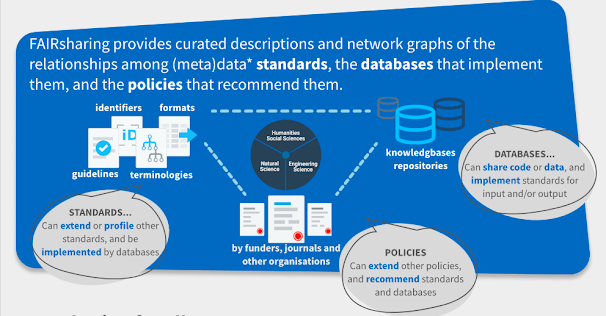New year, new experiences
I started the year teaching... I had never taught part of an online workshop before. I attended many and may even have thought about it, but I wasn't sure I had anything new to say. It turns out, I kind of did.
I focused on how to best write the methods section of a research paper in the life sciences. To some people, this is the easiest section to write because it does not involve much “story”, it is instead a description of all the steps taken that led to the study’s findings.
A clear methods section impacts editorial evaluation and readers’ understanding. Transparency creates trust and is the key to ensuring the credibility of the research. Reproducibility relies on detail, so never methods should never be summarized or abbreviated without giving full details in a discoverable supplemental section.
I learned a lot in the last 3 years. Regarding writing, publishing, and science communication. But there are concepts that researchers still have not fully adopted, either by lack of knowledge, lack of accessible explanatory resources, or simple inertia.
Let me give you the highlights:
- FAIR: Many people still don't know about FAIRsharing
- RRIDs: Most researchers are still grappling with lack of clarity regarding resources
- Reporting guidelines: There are a lot, and choosing the right one is not simple
- Registries: They are not prisons, they are plans.
The thing about methods, is that they are not protocols.
Protocols need to be detailed, clear, transparent, complete, reliable, and accessible. Most importantly, they need to be reproducible.
Protocols change, they evolve, and are adapted by others. The detailed features of these protocols, structured in a step-by-step format, make them reusable. Dynamic protocol sharing platforms reflect this reality, by allowing versioning and forking.
The expansion of protocol sharing led to the establishment of detailed guidelines for preprints, and validation sections were introduced in protocol articles to make them transferable (across research groups).
And, finally....
- AI-generated resources that assess minimum standards could be useful








Comments
Post a Comment